Starfront observatory now accepting and installing telescopes
Tuesday, June 25, 2024
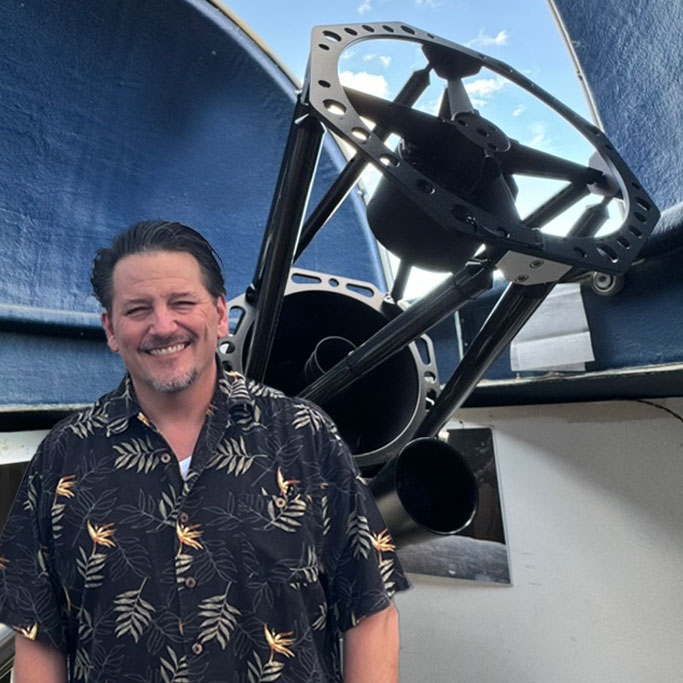
|
Richard Harris |
Starfront observatory in central Texas is now fully operational, offering affordable and accessible pristine dark skies for astrophotographers. With both roofs rolling and fiber internet set up, they are accepting and installing telescopes. Users can reserve piers and remotely capture stunning images of the cosmos from anywhere.
Bray Falls provided an in-depth tour of the telescopes already set up at the remote observatory in Central Texas. This project aims to make astrophotography accessible and affordable by allowing people to use their telescopes remotely from dark skies, wherever they live. The observatory features buildings where the roofs open every night, enabling users to capture images of the cosmos without the limitations of light pollution.
Falls highlighted that both observatory roofs are now fully operational, and the site is equipped with fiber optic internet, allowing him to remotely access his telescopes. The observatory is currently accepting telescope shipments and preparing to install systems. Interested users can reserve piers on their website and ship their setups to the facility.
In building one, there is a Borg 107 telescope, owned by Ian Low, a YouTube astrophotographer known for his great astrophotography videos. Falls plans to polar align this telescope and notify Low that it's ready for use. Additionally, Falls mentioned his own RedCat 61, equipped with a 183 MM on the back, and a recently acquired RASA 8, paired with a 2600 MC Duo and a Photon cage. This setup is designed for deep-sky imagery at F2 from Bortle 1 skies, ensuring high-quality light collection with minimal diffraction spikes.
Building two houses larger telescopes, including an Askar 140 APO and a client's CDK 122 with a full-frame camera on a Paramount MX mount. There is also another refractor on a CM7 mount, which is being fine-tuned. These telescopes are being prepared for optimal performance under the pristine dark sky conditions.
Falls explained their current building plan, which involves placing most of the smaller telescopes in building one, while building two will host the larger systems. They are arranging the setups in a north-south configuration to minimize blockage between the telescopes, ensuring each scope has a good viewing angle. Additionally, smaller telescopes will be set up at the back of building two to further reduce any potential obstructions.
Future plans include extending the buildings and roofs to enhance viewing angles, particularly for low southern targets. The roof control system is managed via the Sky Roof and SkyAlert system, which automates the opening and closing based on weather conditions. Users will be able to configure NINA with a roof file released by the observatory servers, allowing their computers to know whether the roof is open or closed and automate imaging sequences accordingly. This system ensures a hands-off experience, providing convenience and efficiency for astrophotography enthusiasts.
"A little bit of context as to what this project is: this is a remote observatory project that we are building in Central Texas. Basically, it's a building where the roof comes open every night, and people can log in and use their telescopes remotely to capture images of the cosmos and deep space from dark skies, wherever they live. The goal of this observatory is to make this type of astrophotography affordable and accessible for way more people than it ever has been before. That should clear up all the nerdy jargon I'm about to get into."

Astrophotography under Bortle 1 dark skies
Experiencing the stars in a place without light pollution offers a unique perspective that many miss out on, particularly for those who have never engaged in astrophotography from such pristine skies. Being under such skies starkly contrasts with the light pollution that plagues most of society, highlighting what is lost when one cannot witness this nightly spectacle. Observing the stars from a dark sky reveals the extent of the beauty and clarity hidden from most urban dwellers, suggesting that regular exposure to such sights could improve societal well-being.
Astrophotography from dark skies, such as those found in Bortle 1 locations, presents a stark contrast to the challenges faced in heavily light-polluted areas like Bortle 9. The difference in exposure time is significant, with one hour under dark skies equating to around twenty hours in a polluted environment. This drastically simplifies many technical aspects of astrophotography, such as capture settings and exposure durations, as the issues that typically arise under bright conditions are minimized.
When photographing under pristine dark skies, one can take much longer exposures without the risk of light pollution washing out the images. This allows for the capture of faint celestial details that would otherwise be impossible to see from urban areas. For instance, in a city, exposure times must be kept short to avoid light pollution flooding the sensor, but in dark skies, the primary light sources are the stars themselves and faint airglow, which is much less intrusive.
Under these conditions, one can achieve optimal exposures, capturing the desired astronomical signals without interference from artificial lights. This enables the observation of phenomena such as green airglow, which, despite being visible, is far less intense than city lights, allowing for ultra-long exposures that reveal incredible details.
The clarity and quality of astrophotography from such locations are unmatched. With an F2 telescope, the ability to collect light rapidly enhances the detail and depth of captured images. For instance, the RASA 8, an F2 telescope, is utilized to explore deep sky objects like the region around Antares and the Rho Ophiuchi cloud complex. This area, known for its star formation, dust, reflection nebulae, and globular clusters, is considered one of the most visually stunning parts of the night sky.
The unique perspective offered by astrophotography in dark skies also allows for the observation of celestial objects in remarkable detail. For example, the Rho Ophiuchi cloud complex, located only 400 light-years away, provides a sharp contrast to the more distant objects in the Milky Way, offering an educational view of the universe's layers.
As observatories become operational and more telescopes are installed, the potential for deep space exploration grows. Observatories like these enable astronomers to capture images under optimal conditions, providing valuable data and stunning visuals that are otherwise difficult to obtain. The observatories are prepared to receive telescopes, and with continued expansion, they aim to make remote observing and astrophotography more accessible and affordable.
Encouraging participation and spreading the word about these facilities helps build the scale needed to reduce costs and make dark sky observations available to more people. This initiative supports those who love astronomy but lack suitable conditions, such as those living in cities or areas with obstructed views.
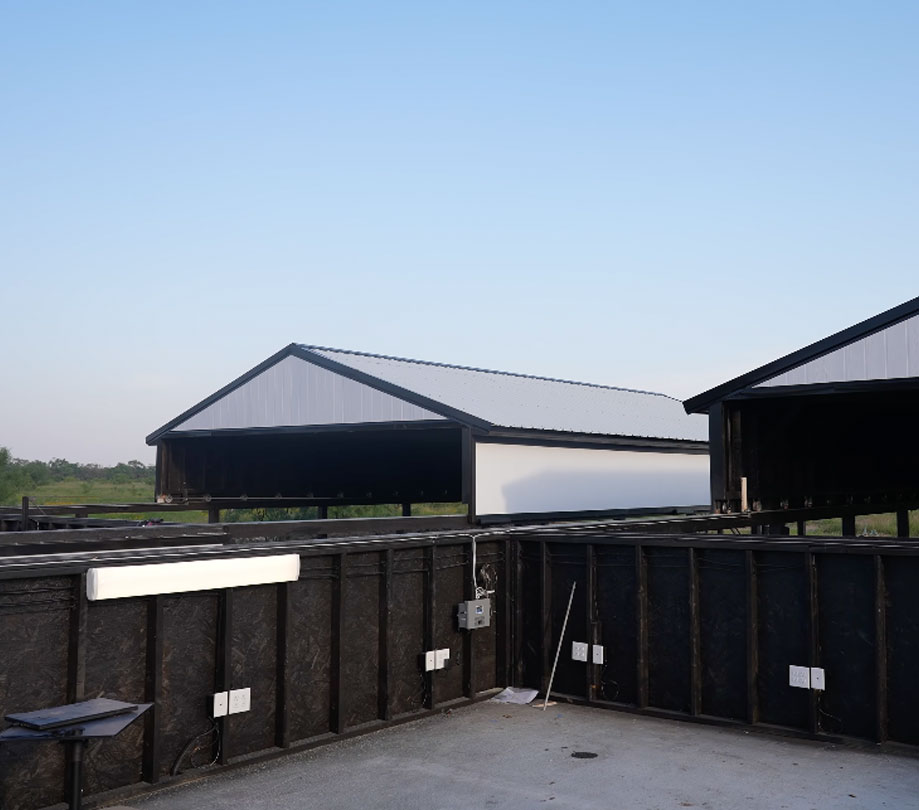
Starfront observatory construction update
"This is an exciting observatory construction update because we have both of our roofs officially rolling now. So, we've got two actually usable remote observatories now, and beyond that, we've also got our fiber internet set up so I can finally post and upload from the observatory site and remote into my telescope in the corner. Life is just a lot better with that internet. But yeah, construction is going well. Now we're kind of at the point where we're just accepting people's telescope shipments and getting ready to install systems. So if you have a pier reserved, we invite you to ship your telescope. You can check our website for information about how to ship your telescope out here and where to ship it. So all that information should be covered."
"Our building plan at the moment is this: building one is going to hold most, if not all, of the small telescopes, and then building two here is going to host most of the larger systems. Part of our planning is to arrange all of the biggest systems in the north and then slowly bring the smaller systems to the south ends of the buildings. This is because we want to minimize the amount of blockage each scope has with each other. So if we arrange these guys running north-south, then we should have a nice viewing angle all around for everybody."
"Right now, our roofs back up about 16 feet past the south wall line, but we're actually going to be extending these further in about a month. I would really prefer to have a viewing angle that's more like 10° over the southern horizon, so we're going to have the roofs pushed back next time the builders come out, so we can help get those low south elusive targets, which are always the most interesting."
"For roof control here, we're just doing the Sky Roof and the Sky Alert system. This is going to automate our roof for closures and openings when it's cloudy and when it's clear, so that all of this will happen automatically, you know, if we're asleep or awake. What you'll be able to do is essentially configure NINA to look at what's called a roof file, which our observatory servers will put out, and then your computer is actually going to know when the roof is open or closed, and you'll be able to automate aborting a sequence on an imaging run that way. So it'll all be hands-off automated with the roof, which will be very nice."

Making astrophotography accessible and affordable
In summary, the pristine dark skies offer an unparalleled opportunity for astrophotography, revealing the universe's beauty and complexity in ways that are often hidden by light pollution. Observatories ready to receive telescopes are crucial in expanding access to these experiences, fostering a deeper connection with the cosmos for enthusiasts everywhere. The Starfront remote observatory in Central Texas is at the forefront of making astrophotography more accessible and affordable. You can reserve a pier on their website and send them your telescope to start taking full advantage of the dark skies from wherever you are. For a detailed look at the setup and facilities, watch Bray's latest update tour below.
ScopeTrader's latest survey
Featured Stories
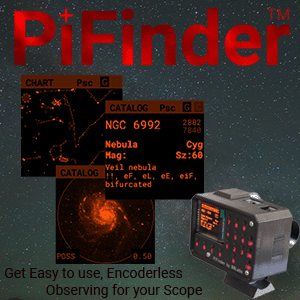
Stay Updated
Sign up for our newsletter for the headlines delivered to youSuccessFull SignUp

|


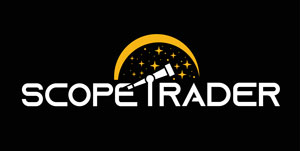
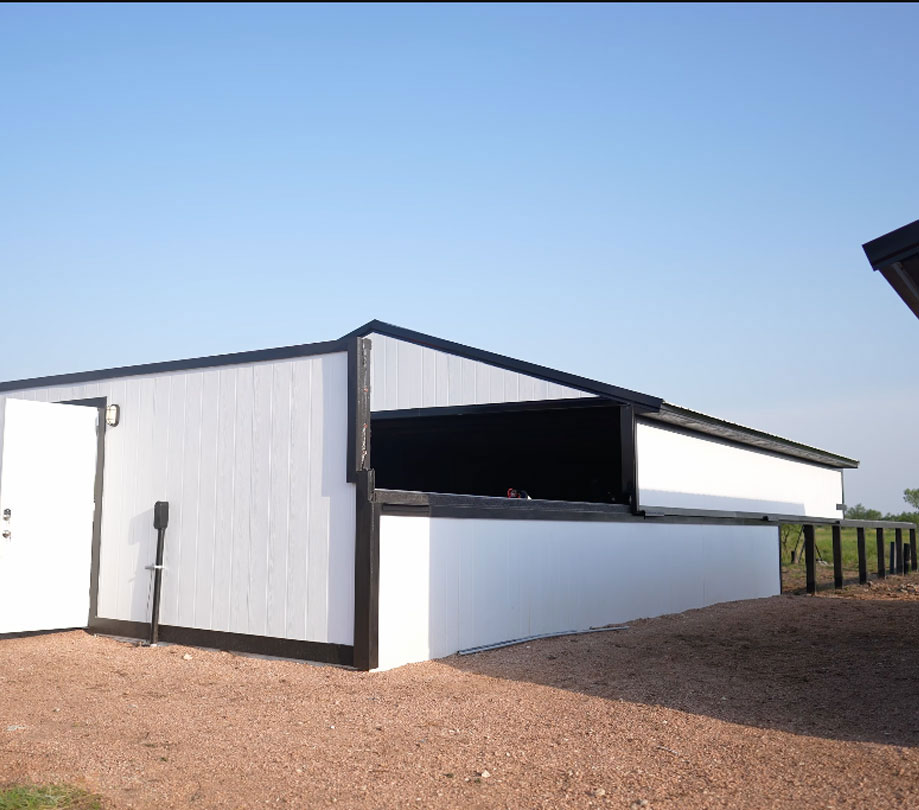

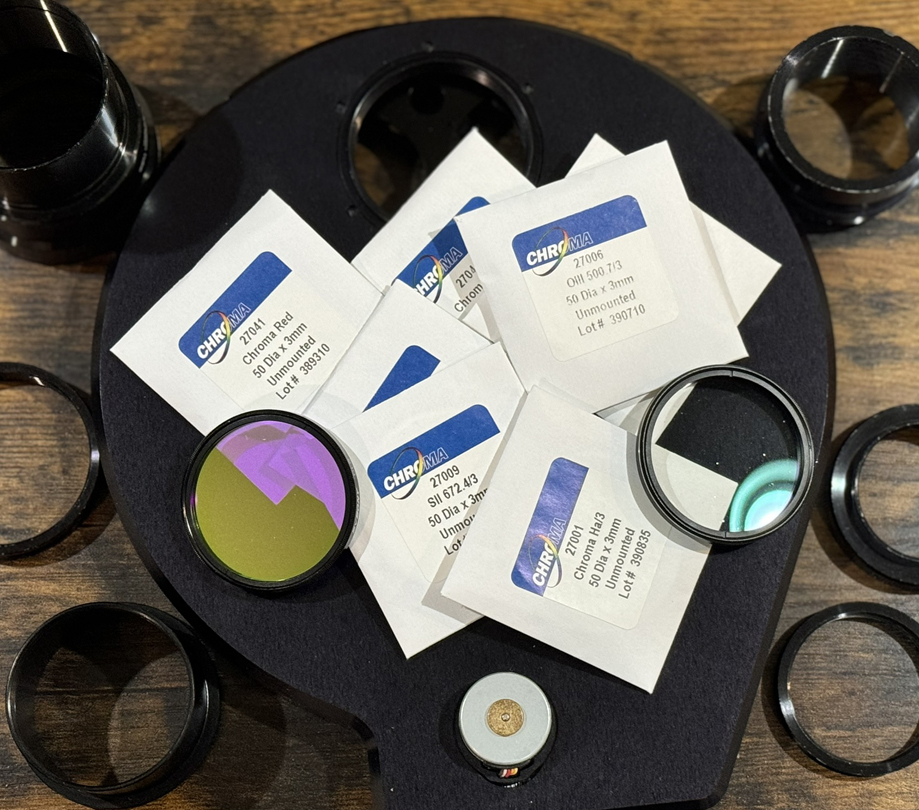
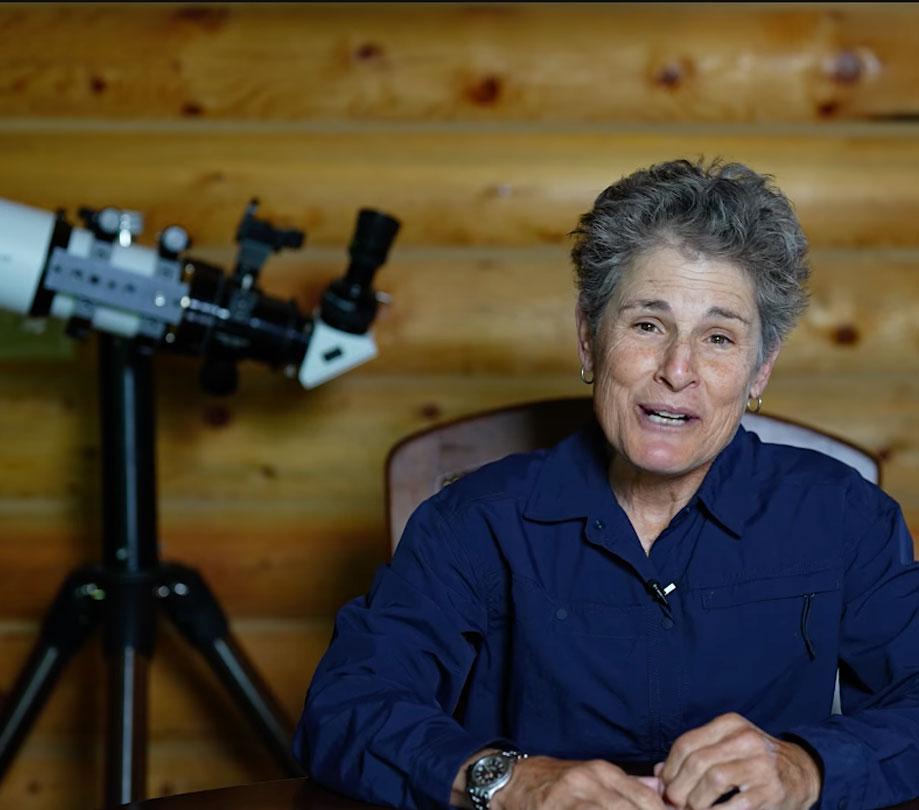
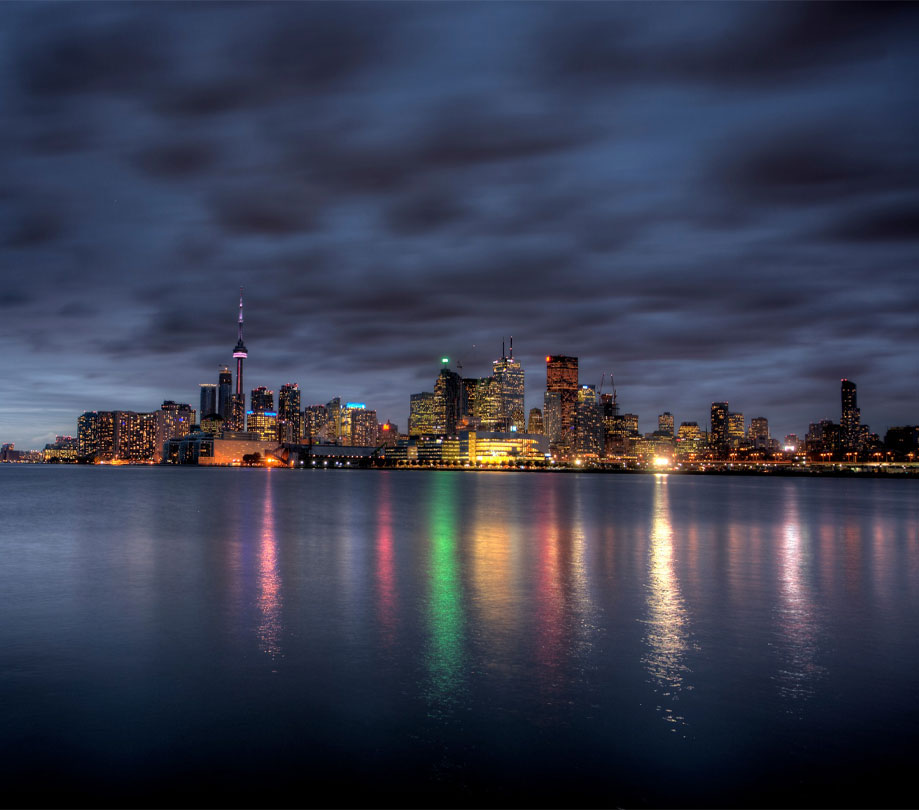
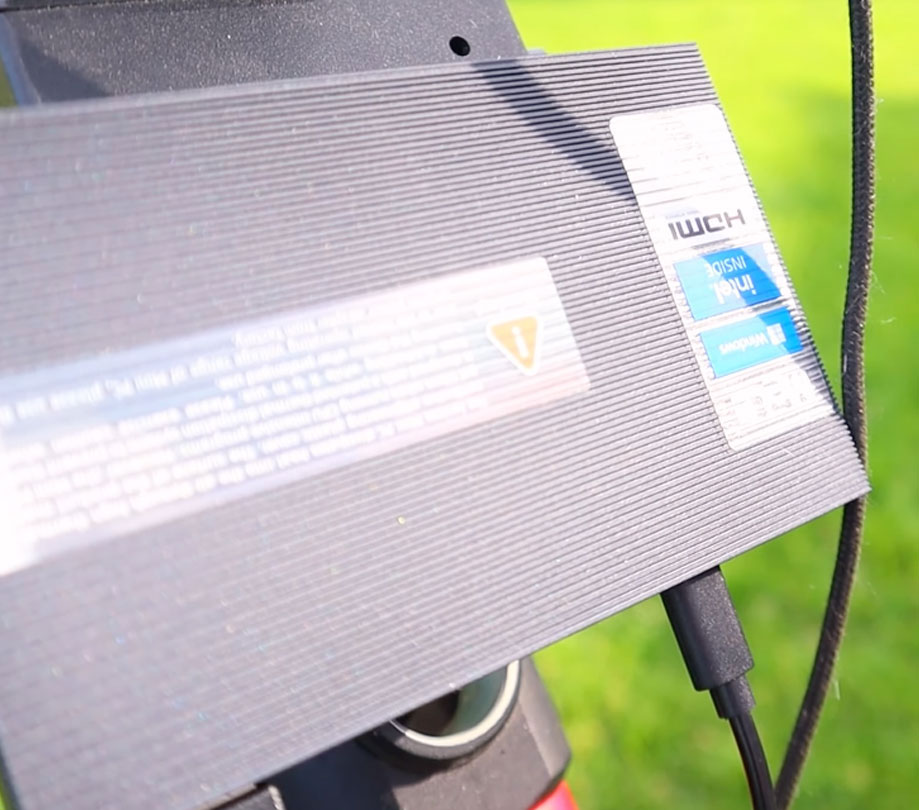
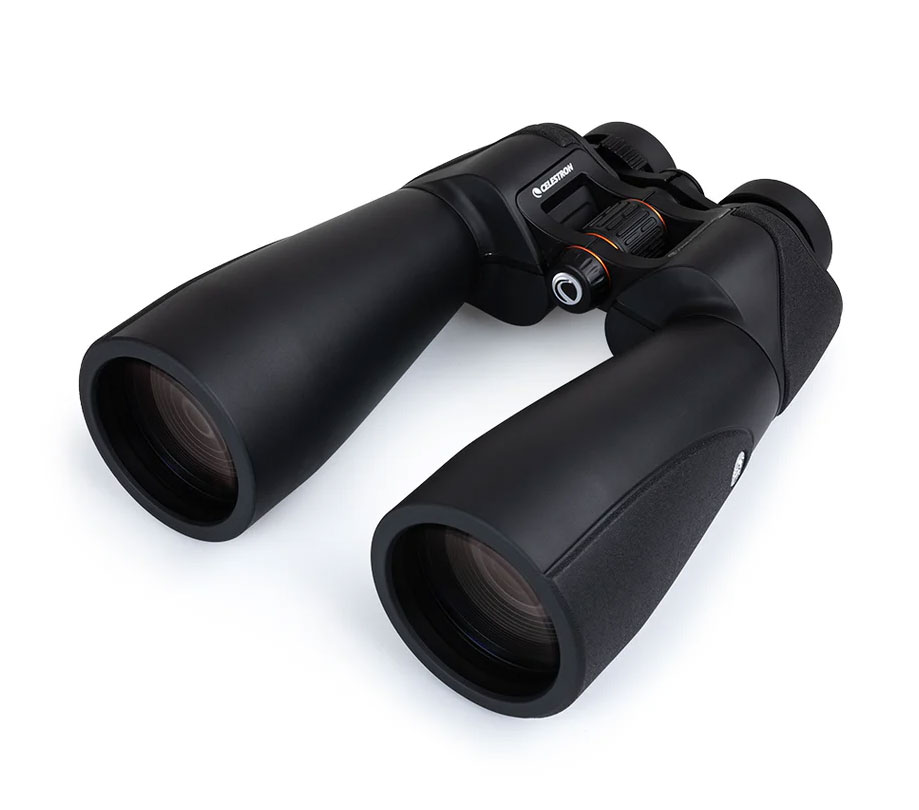
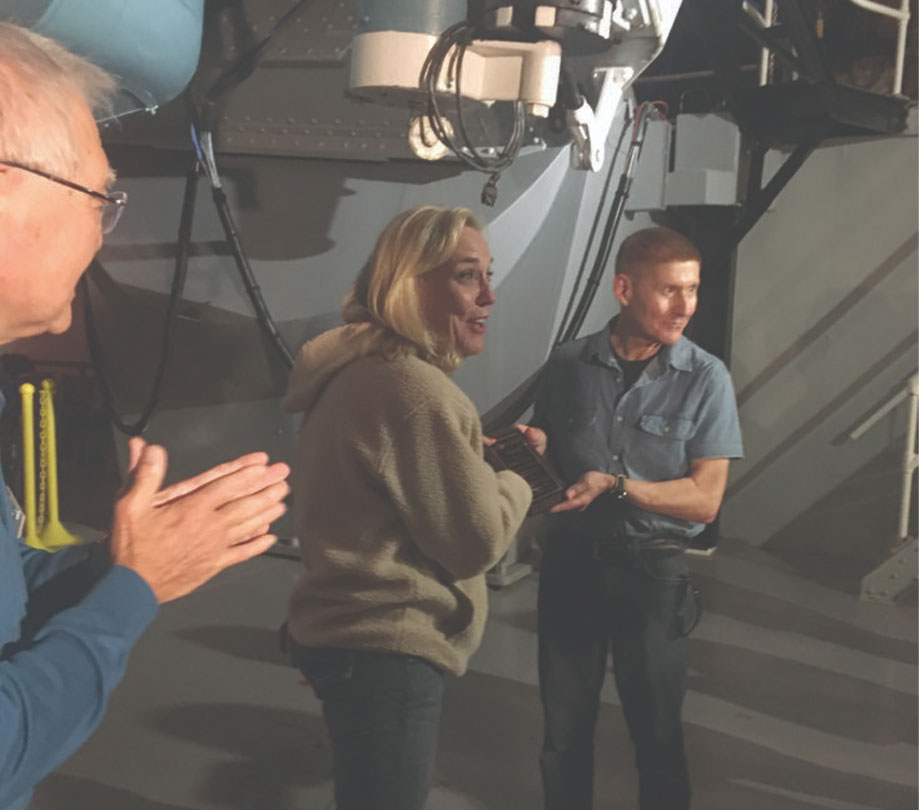

Comments